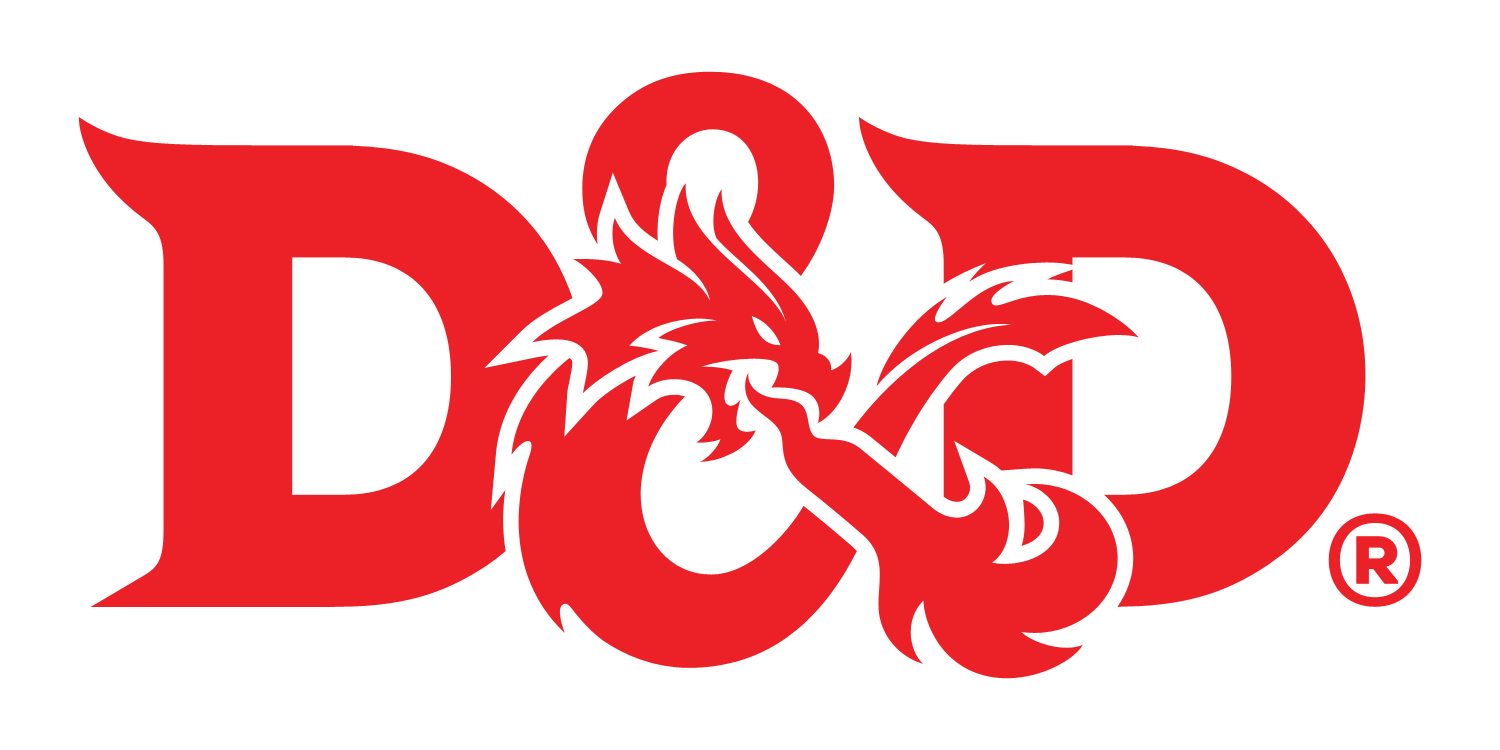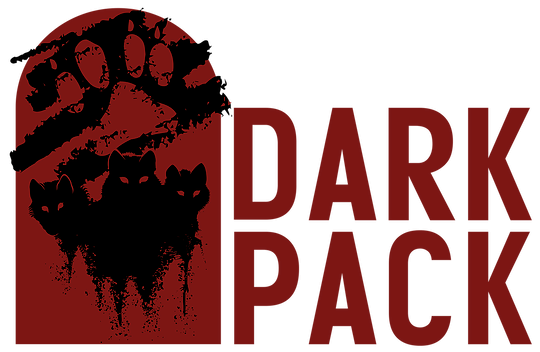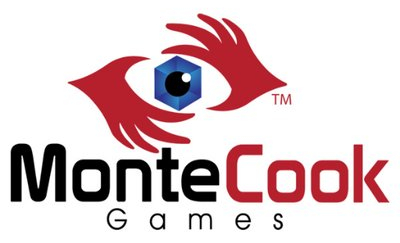Languages of Greyhawk
Human Languages
Amedi
is spoken by the savage Suel of the Amedio Jungle. Speakers of Suloise can understand only 40% of it. It is incomprehensible to speakers of Rasol, and this is mutual. It is rarely written, but when it is its speakers use the Suloise alphabet.
Ancient Baklunish
is one of the ancestors of the Common tongue, though there is little resemblance between the two in the present day, a thousand years since the two have diverged. It is still spoken by the nomads of the Plains of the Paynims, and by the faithful of Al'Akbar. It is the language of all official and religious documents west of the Yatil Mountains.
- The
Cold Tongue
, also known as Fruz, is heavily rooted in Suloise with some influence by Flan. It is the language of the Frost Barbarians, Ice Barbarians, and Snow Barbarians. It is unrelated to Common. Speakers of Suloise find it difficult to understand, while speakers of Lendorian find it indecipherable.
Common
, the trade tongue of the Flanaess, is a hybrid language, a combination of the dialect of Old Oeridian spoken in the Great Kingdom and Ancient Baklunish. Lenard Lakofka, in Dragon #52, said it was "a mixture of Suloise and Oeridian tongues with some Baklunish admixture." Virtually everyone in the Flanaess who wishes to communicate with those outside their culture must learn at least a little Common if they hope not to be treated as gibberish-spouting simpletons. Because of its diverse roots, Common is a very flexible language, and it is often easier to translate a text into Common first before translating it into any other tongue.
Etlani
is a hybrid of Olman and Touv, a result of the Kundali Touv occupying the Olman state of Cuhuetla. Speakers of Etlani can understand about half of something said in Olman or Touv, and speakers of Olman or Touv can understand about half of Etlani.
Feral
was originally an Oeridian tribal language, but it is now a secret known only by the officials of the Iron League. Agents of the League use it to identify one another, and Feral is otherwise dead.
Flan
, the aboriginal human language in the Flanaess, is still spoken in Tenh, although the Tenha form has been much-changed by the Great Migrations and the passing of time. The Rovers of the Barrens speak their own odd Flan dialect. Flan is a comparatively stagnant language, and modern concepts, particularly magical ones, are difficult to translate into it.
Keolandish
is a dialect of Old High Oeridian with local influences, spoken in the Kingdom of Keoland and other nations of the Sheldomar Valley.
Lendorian
is an obscure Suloise dialect spoken in the Lendore Isles, influenced by Common and containing many nautical terms. It cannot be understood by those who speak only the Cold Tongue.
Leraran Suloise
is a corrupt form of ancient Suloise with many words borrowed from the drow. It is 50% understandable to someone who speaks ancient Suloise, but mostly incomprehensible to those who only speak modern Suloise-descended languages such as Lendorian, the Cold Tongue, Amedi, or Rasol. It is spoken exclusively by the Lerara.
Low Baklunish
are the contemporary, colloquial Baklunish dialects, descended from Ancient Baklunish but much changed by time. Common is also widely used by traders and educated peoples of the Baklunish West.
Nyrondese
is a High Oeridian dialect of Common, spoken primarily by peasants and commonfolk in the Kingdom of Nyrond. The learned almost always speak Common as well.
Old Oeridian
was completely free of outside influences until the Great Migrations. Its grammar is thus unique and it is almost impossible to translate it into any language other than Common. Many of the books, records, and holy texts of the Aerdi were written in Old Oeridian, and it is still widely known in the lands of the former Great Kingdom.
Olman
is the language of the Olman people, written with thousands of complex pictographs.
Ordai
is the language of the Wolf Nomads and Tiger Nomads, most similar to the Baklunish spoken by the nomads of the Plains of the Paynims. It uses the Baklunish script.
Ralat
is a simple trade language derived from Touv, Olman, and Rasol. It is all but useless outside of the trading sphere.
Rasol
is a Suel-derived tongue with many Olman loan-words, mostly describing flora and fauna. Rasol is simpler and cruder than classical Suel, and a speaker of the old tongue could understand only about 40% of a conversation in Rasol. Rasol uses simple runes derived from the Suel alphabet, but in a way that would leave a Suel reader bewildered. It is spoken in Zar, Lerga, Sharba, and Sharbakal.
Rhopan
is the secret cant of the Rhennee. Descended from some non-Oerthly tongue, it has incorporated terms from the criminal argot of many peoples.
Suloise
, the language of the ancient Suel Imperium, is a nearly dead tongue, spoken only by a minority of sages in order to read ancient books and scrolls, and by the Scarlet Brotherhood. It can be dangerous to translate spells written in Suloise into other magical languages, as the significance of some Suel inflections has been lost.
Touv
is a name given to a variety of tribal tongues of the Touv people, all of them mutually comprehensible due to the Touv propensity for trade. The Touv language is rich in synonyms, easy to learn but difficult to master. It has its own phonetic alphabet.
Ulagha
is a debased form of Baklunish spoken by the people of Ull.
Velondi
is an Old Oeridian tribal language spoken mostly by the peasantry of Furyondy and Veluna. Those who speak only Common find it incomprehensible.
Xolasa
is a hybrid of Olman and Rasol, spoken by the people of Xolapeqa. Speakers of Rasol are likely to understand only 10% of it, while speakers of Suel may only find some of the sounds familiar. Xolasa uses a pictographic language similar to Olman.
Non-Human Languages
Beastman
is an intricate language spoken by the beastfolk, consisting of vocalizations, hand gestures, body postures and stances, and alterations of fur patterns. Non-beastfolk can communicate only very simple meanings in this tongue.
Dakon
is the language of the apelike dakon. It is largely based on hoots, grunts, finger and hand gestures, and body postures.
Death tongue
is the written language used in Carceri. (Fate of Istus, page 88)
Derrosh
is a combination of Dwarven and Suloise, spoken by the derro.
Dwarven
is the language of the dwarves. It uses the Dwarven alphabet.
Elven
is the language of the elves. It uses the Elven alphabet.
Giant
, or Jotun, is the language of ettins, ogres, and giants. It uses the Dwarven alphabet.
Gnoll
is the language of the gnolls. When written, it uses the Common alphabet.
Gnome
is the language of the gnomes. It uses the Dwarven alphabet.
Goblin
is the language of the goblins, hobgoblins, bugbears, norkers, and xvarts. It uses the Dwarven alphabet.
Halfling
is the language of the halflings. It uses the Common alphabet.
Kech
is the language of the kech, who use many Olman and Amedi loan-words. It is a primitive tongue with no written form.
Lendorian Elven
is a new language spoken only by the high elves and aquatic elves of the Lendore Isles. It is a philosophical, religious language, and cannot be learned except through visions sent by Sehanine Moonbow.
Orc
is the language of orcs, descended from older human and elven languages. It uses the Dwarven alphabet.
Tlaman
is the language of the yuan-ti of Hepmonaland. It is largely derived from Olman with phrases from Touv and the languages of snakes, altered to be best pronounced with forked tongues. It uses essentially the same pictographs as Olman, and an Olman speaker can understand approximately two-thirds of Tlaman.
Exotic Languages
Aquan
is the language of water elementals, nereids, tritons, and other water-based creatures. It uses the flowing alphabet of the elves.
Auran
is the language of air elementals, sylphs, and other air-based creatures. It uses the Draconic alphabet today, but it originally used a script called Vaati, the ancient alphabet of the Wind Dukes of Aaqa.
Abyssal
is the language of the Abyss and the demons who inhabit it, spoken by beings of chaotic evil. Among lower demons, it resembles the agitated barking of canines, while among more refined sorts it sounds like the droning of ocean waves blended with the implied violence of a wasp's nest, though as a language of Chaos there are infinite exceptions to every rule. It uses the Infernal alphabet.
Celestial
is the common language of the Upper Planes, spoken by devas, guardinals, archons, and other creatures of incarnate Good. It is thought to be a debased form of a now-lost tongue called the Words of Creation, a language so potent that a mortal mind can comprehend no more than three or four words, and which no evil mind can bear to hear. Celestial is much easier on the brain, comprehensible by mere mortals. It uses the Celestial alphabet.
Draconic
is the ancient tongue of dragons, spoken in various dialects by other reptilian creatures such as kobolds, troglodytes, and lizardfolk. It is often used by wizards as the language of magic. It uses the Draconic alphabet.
Ignan
is the language of fire elementals, salamanders, azers and other fire-based creatures. It uses the Draconic alphabet.
Infernal
is the language of the Nine Hells, spoken by beings of lawful evil. It is divided into several different castes, ranging from a rough barking tongue spoken by the least baatezu to the bewildering court language of the pit fiends and nobles. It uses the Infernal alphabet.
Sylvan
is the language of the fey races, including dryads, brownies, and leprechauns. It uses the Elven alphabet.
Terran
is the language of earth elementals, xorn, pech, and other earth-based creatures. It uses the Dwarven alphabet.
Undercommon
is the trade language of the Underdark, used by drow, illithids, svirfneblin, the true ghouls of the White Kingdom, and other deep-dwelling races to communicate with one another. It uses the Elven alphabet.
Unique Languages
Druidic
is the secret tongue of the Old Faith. It shares roots with Flan, but is more specialized, dealing mainly with agriculture and the natural world. It is written using the Druidic alphabet.
Mechanics
Storypath
Characters start with one native language. They gain additional languages as deemed appropriate for their paths. A quick rule of thumb is one additional language for each path that contains Culture or Humanity as a Path Skill.
D&D 5th Edition
Characters gain languages based on selection of race, background and class.







Woah. So many languages. Very cool. Imagine if you actually tried to conlang them all. You'd not get a break until the sun turned black.
Thanks, ya I'm lucky I had time to focus on this article.